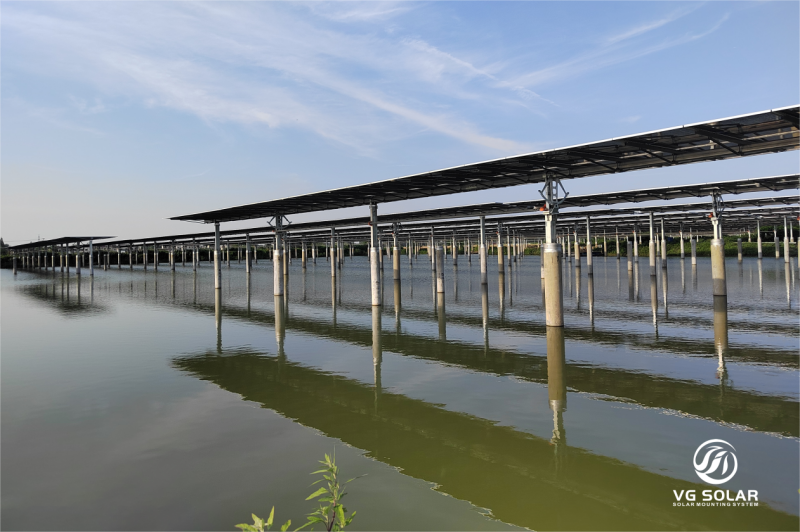In the growing renewable energy sector, photovoltaic (PV) technology has become a cornerstone of sustainable power generation. Among the many innovations in this field, PV tracking systems have attracted much attention for their ability to optimise the capture of solar energy. By tracking the sun in real time, these systems not only improve the efficiency of solar panels, but also enhance the economic benefits of PV projects, making them a strong choice for investors and developers.
Photovoltaic tracking systems are designed to follow the sun throughout the day, adjusting the angle of the solar panels to maximise sunlight. This dynamic capability can significantly increase power generation compared to traditional fixed-mount systems. Studies have shown that solar installations equipped with tracking systems can generate 25-40% more power than fixed solar installations. This increase in power generation can translate directly into financial returns for solar project developers, making tracking systems a highly attractive investment.
As the price of photovoltaic power continues to fall around the world, the economic viability of solar projects is becoming increasingly apparent. Over the past decade, technological advances and economies of scale have significantly reduced the cost of solar panels. This trend has made solar energy more accessible and competitive with traditional fossil fuels. However, to take full advantage of falling costs, project developers need to find ways to increase the efficiency and power output of solar installations. This is where photovoltaic tracking systems come in.
Integrating tracking systems into photovoltaic projects can not only increase power generation, but also optimise the use of sunlight throughout the day. By ensuring that solar panels are always in a position to maximise the absorption of solar radiation, these systems help to mitigate the effects of shading and other environmental factors that can affect performance. This optimisation is particularly important in areas with variable weather conditions, where every bit of sunlight can have a significant impact on overall power generation.
Furthermore, the economic benefits of PV tracking systems extend far beyond increased energy output. By increasing power generation, these systems can generate higher revenues for solar project owners, making it easier to achieve return on investment (ROI) targets. In addition, improved tracking system performance can improve overall solar project financial metrics such as net present value (NPV) and internal rate of return (IRR). This makes them an ideal choice for investors looking to maximise returns in a competitive energy market.
PV tracking systems offer significant advantages over fixed-mount systems and can make or break a solar project. While fixed-mount systems may have lower initial installation costs, the long-term benefits of tracking systems often outweigh this upfront investment. As the global demand for renewable energy continues to grow, the ability to capture more sunlight and generate more revenue will become a key factor in the sustainability and profitability of PV projects.
Overall, PV tracking systems represent a transformative technology for the solar energy sector. By tracking the sun in real time and optimising the use of sunlight, these systems not only improve the economics of PV projects, but also advance the broader goal of renewable energy access. As the price of PV power continues to fall around the world, the integration of tracking systems will play a key role in shaping the future of solar energy, making them a smart choice for developers and investors looking to maximise returns in an increasingly competitive market.
Post time: Apr-18-2025


